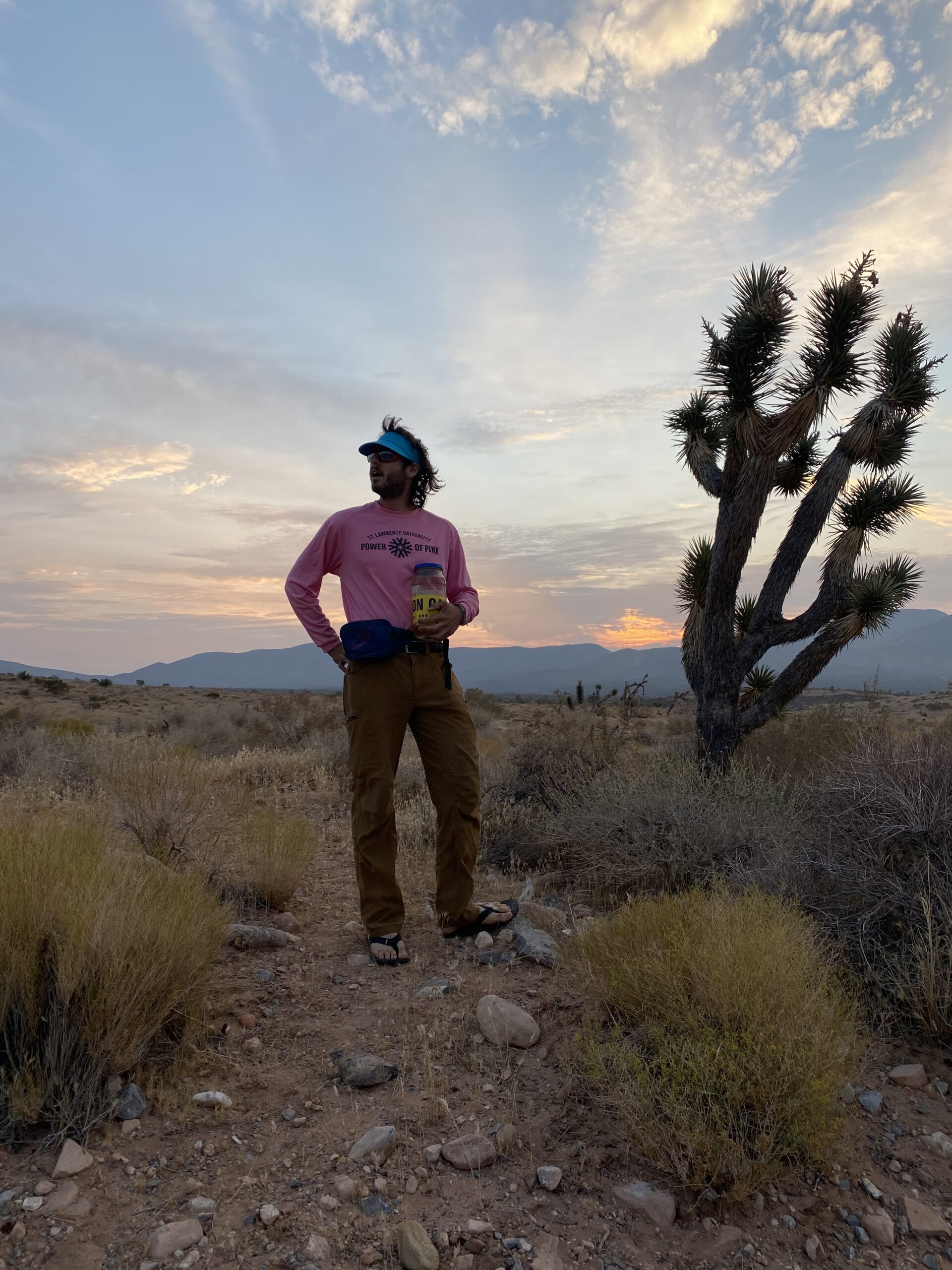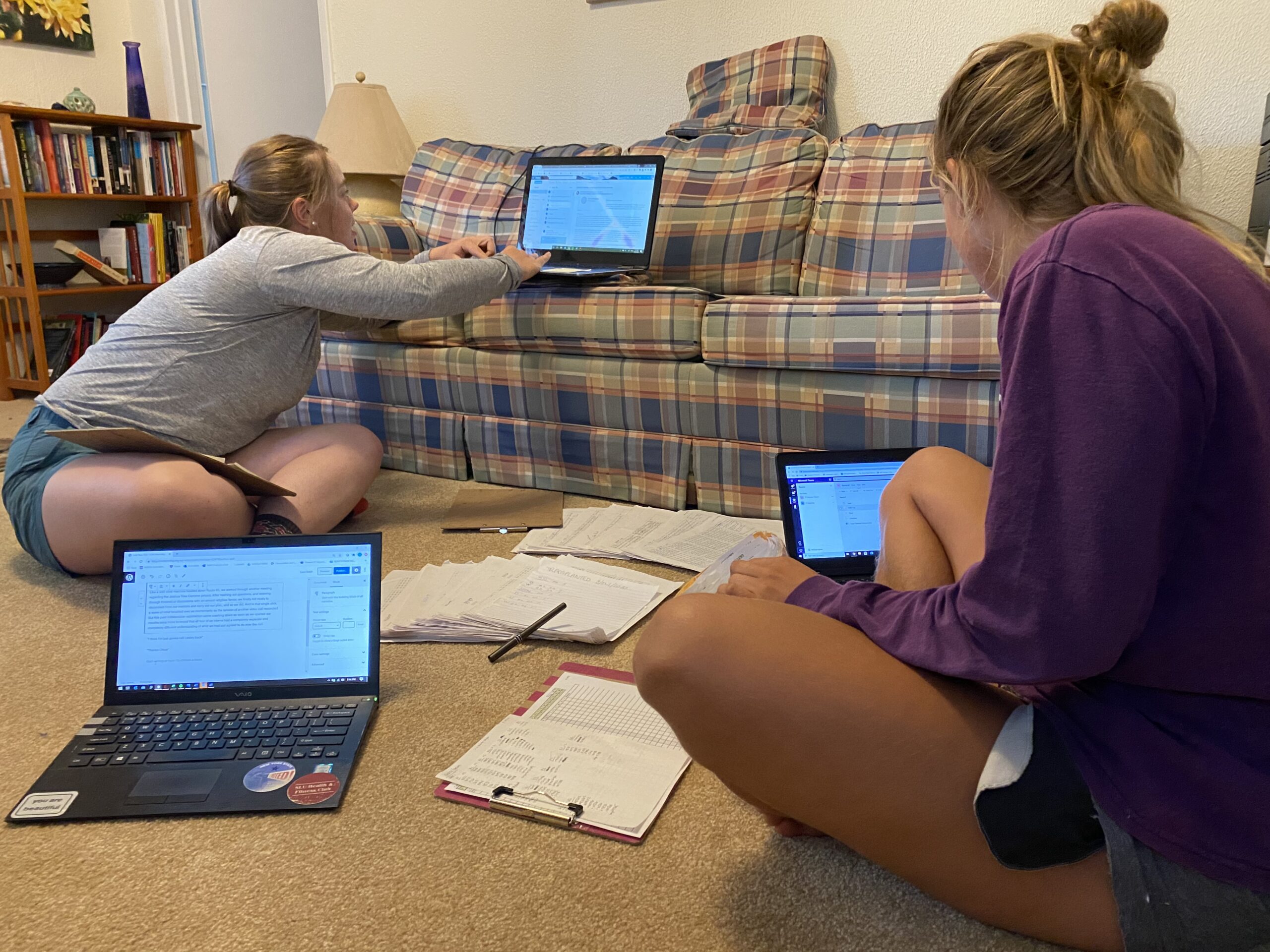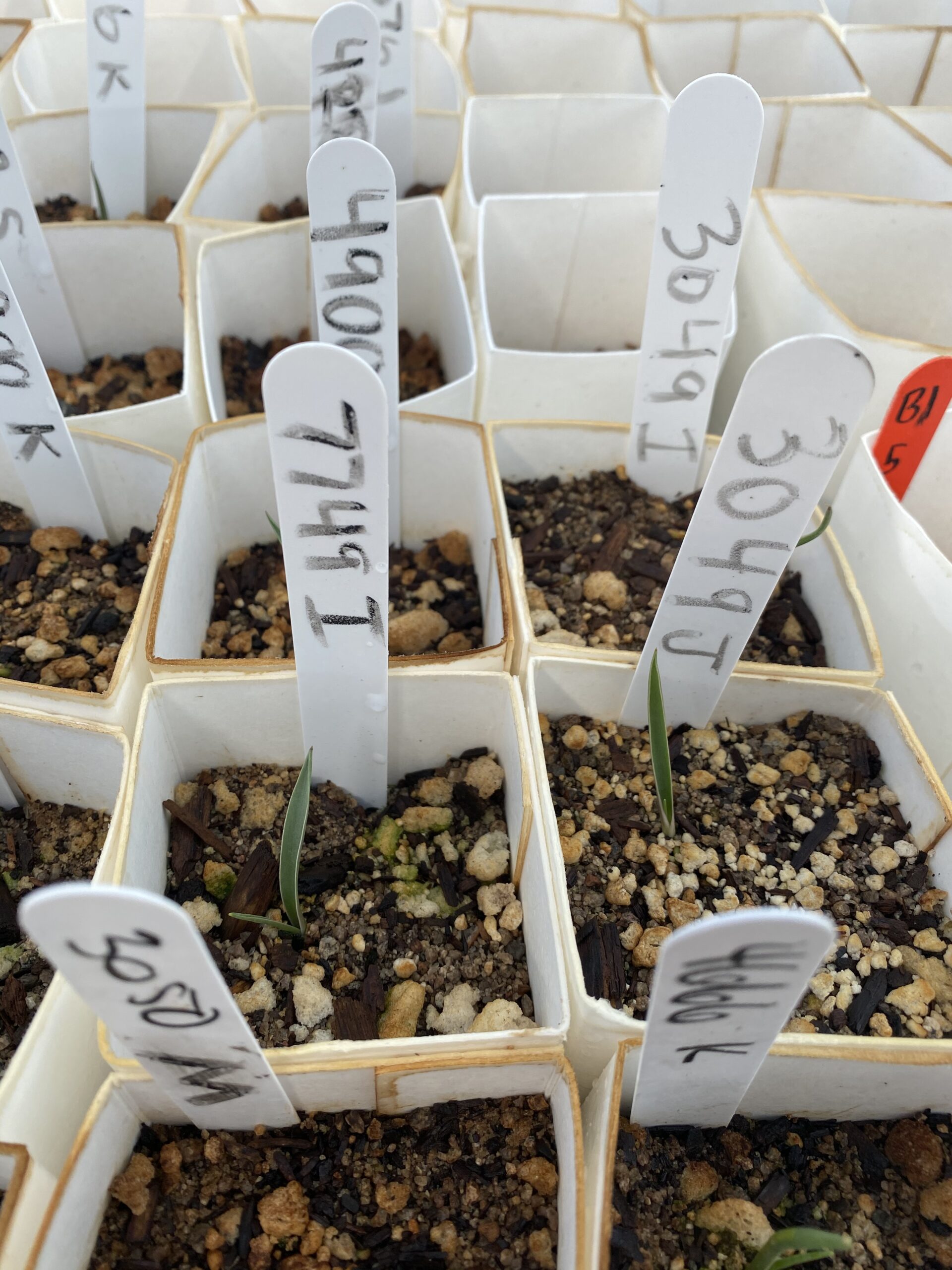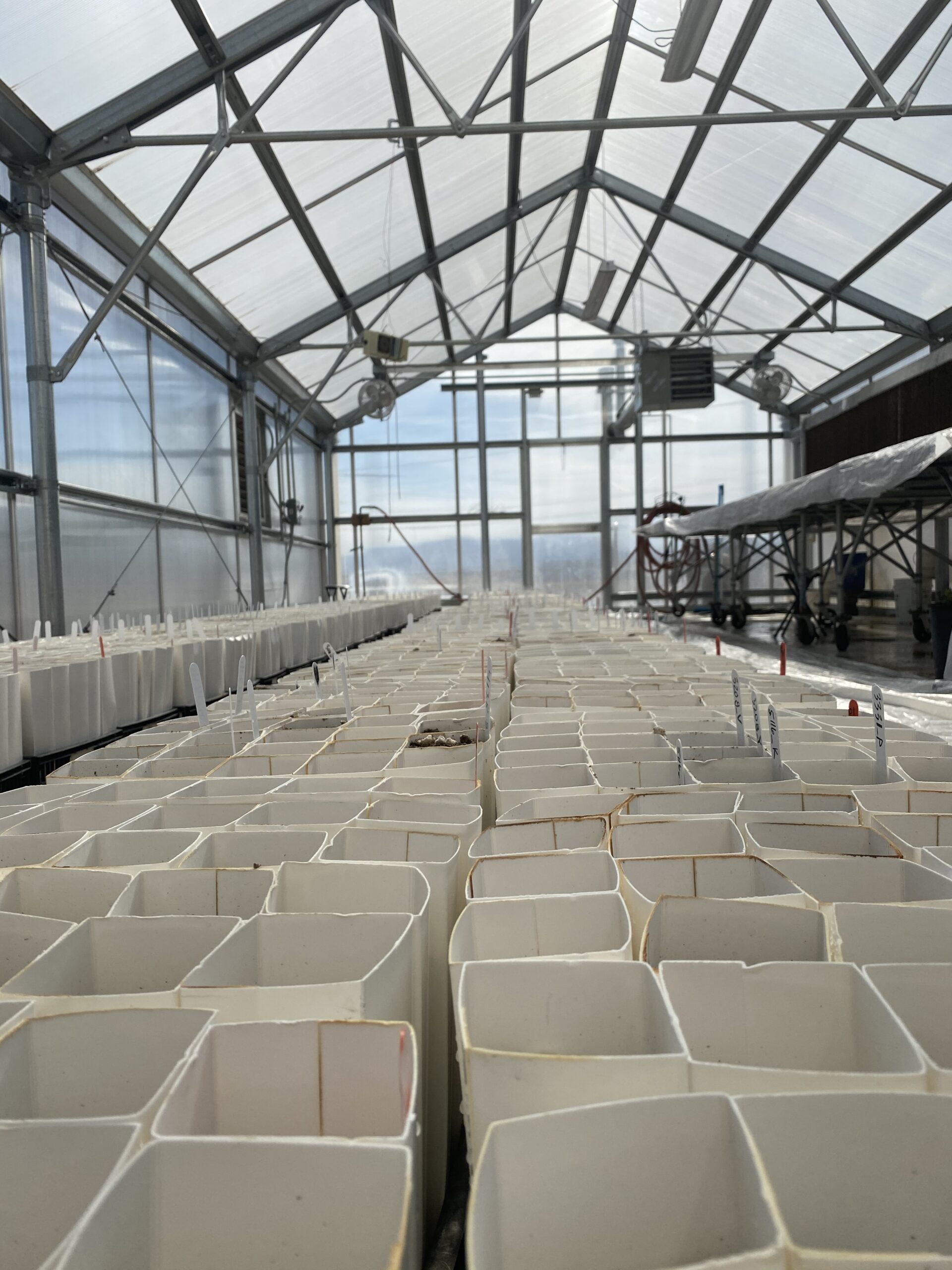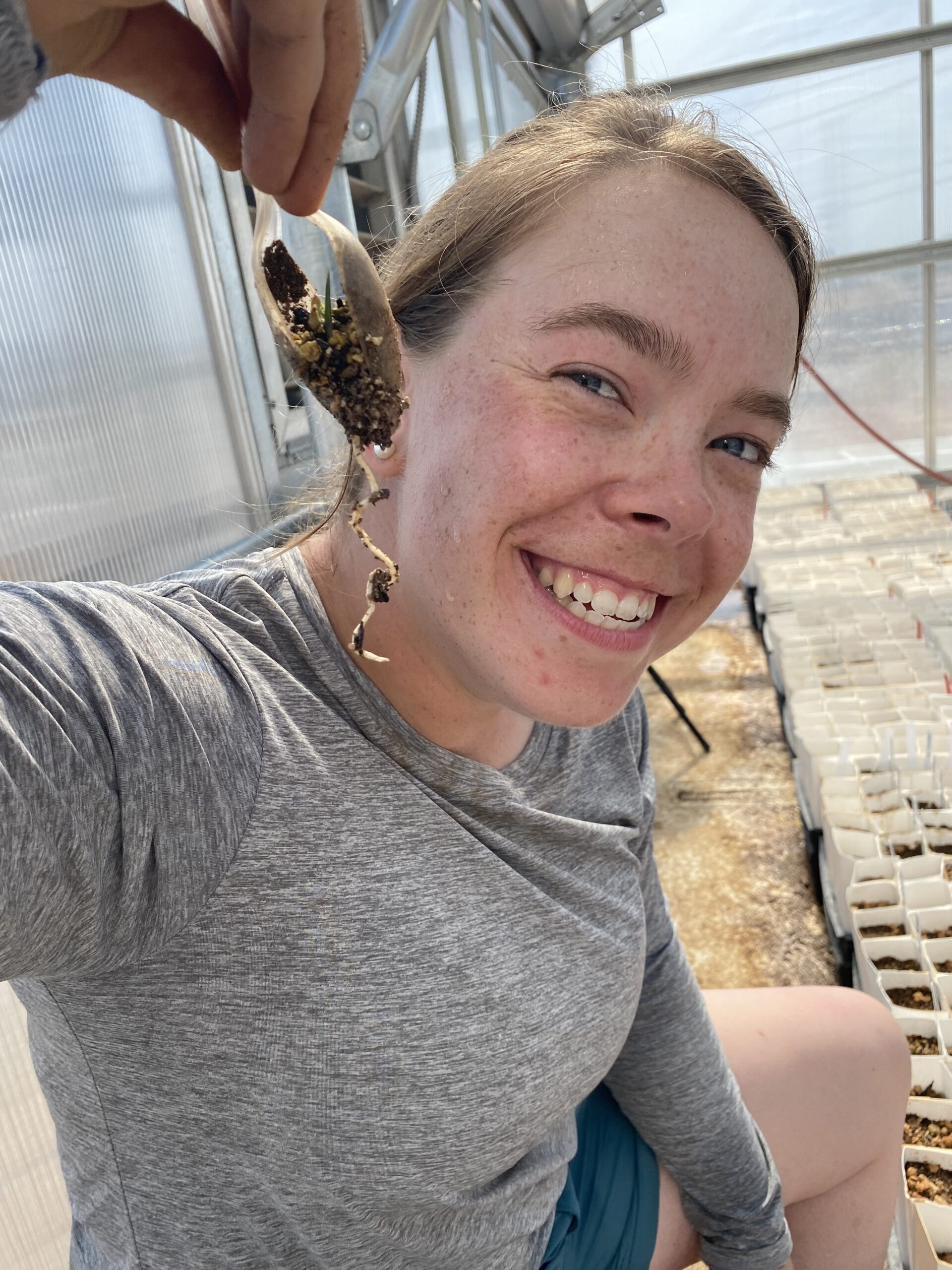As a child growing up I was subject to weekly spelling tests. The efficacy of these tests is questionable based solely upon the amount of red lines on my screen at this very moment, however there were at least two words I never forgot to spell. Those words, of course, are desert and dessert. The trick I was taught to remember the number S’s in each word was that “you always want 2 desserts, but 1 desert is more than enough”. Thus, the letter s appears twice in the word “dessert” and only once in the word “desert”. This trick has served me well, that is until now because I have seen the desert and I would have to disagree on the notion that one desert is more than enough. Last month I had the pleasure to spend two full weeks working “in the field” in the Mojave expanse. In this paper I will argue that the spelling of the word “desert” be permanently changed to dessert so that the number of S’s reflect the beauty, and value of this incredible place.
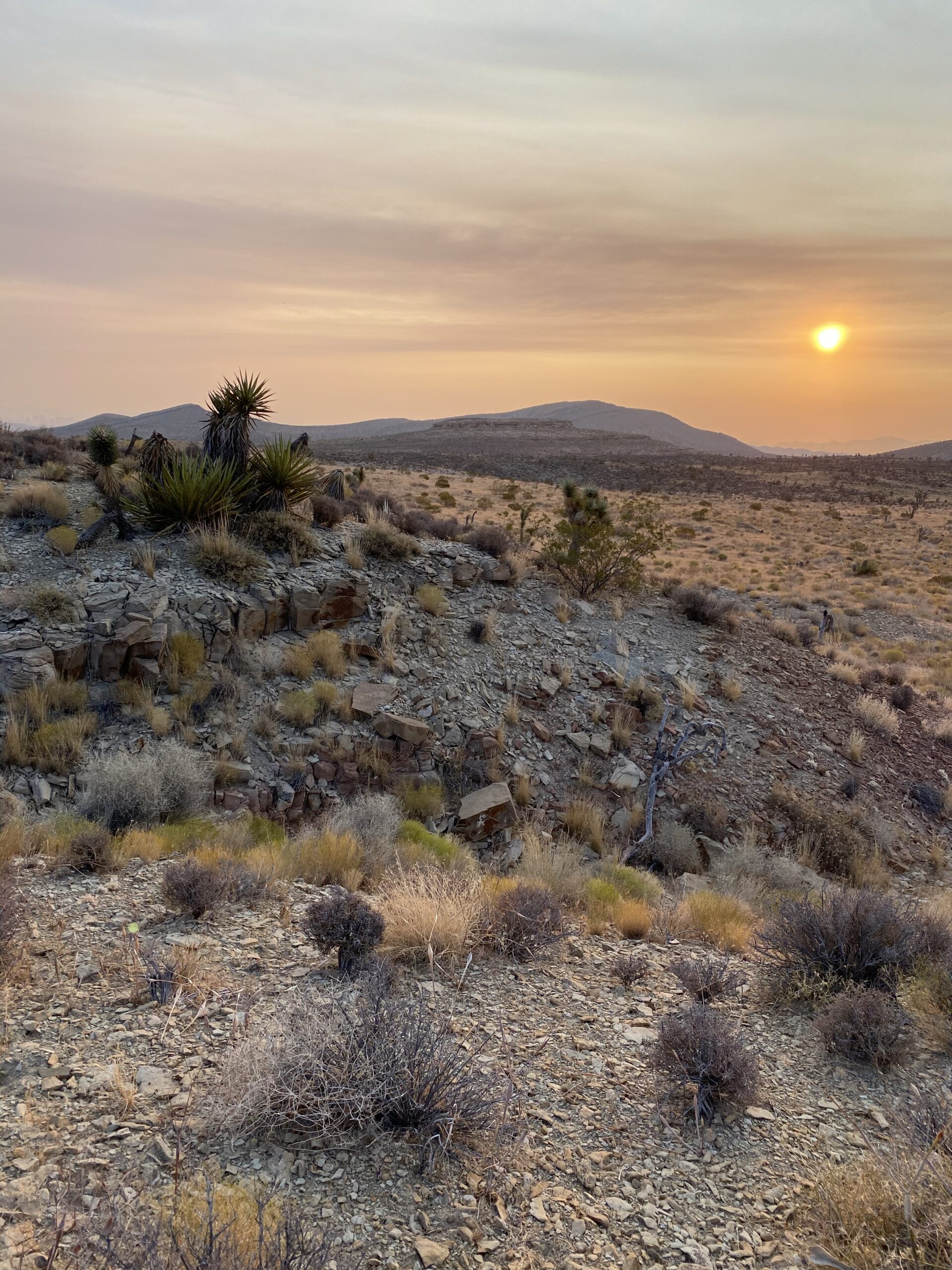
I would like to predicate my arguments by explaining the reason the JTGP team found ourselves working in the desert in September. We were enlisted to help the USGS with an ongoing project working on repopulating burnt areas of the desert with Joshua Trees (Yucca brevifolia), Creosote Bush (Larrea tridentata), and Burro-weed (Ambrosia dumosa). This project is a long-term restoration project spanning many years and hundreds of plots across southern Nevada. The project is aimed not only to restore burnt areas’ vegetation, but also to document survivorship of young plants in the wild of these three species and to help contribute to the limited knowledge available to science on these matters. Over the two weeks we spent in the field we had the good fortune of visiting 5 distinct sites across the region to collect data on the survivorship of the outplants.
A typical day in the field consists of waking up at 0530 Hours for some sunrise shenanigans. My co-intern, Michele Beadle, and I shared coffee and breakfast every morning from the back of the government owned pick-up we called “home base”. After finishing up breakfast, we would load coordinates for our first plots of the day and then head off into solitude. Following gps coordinates we would then walk around and attempt to find hundreds of metal tags that correspond with individual plants, and then record the health of said plant in our PDA’s (Personal Digital Assistant). We carried out this task until the clock struck 1800 Hours, at which our team all returned from their individual plots to home base for dinner. Shortly after dinner we would go to sleep, and then repeat this the next day. While this doesn’t necessarily sound like the most thrilling schedule in the world, it is not the schedule that makes the day, but instead it is the experiences that you fill that schedule with.
Now that we have augmented the situation, and schedule we operated under during our time in the desert, we can begin to explore the exciting aspects of our experience. The first thing that needs to be noted is the breath taking landscapes. Having come from the deciduous forests of the Northeast I can comfortably say I have never seen anything like I have seen in the desert. The strange shapes and vibrant colors of a sunset over the Mojave are absolutely captivating and I have a newfound appreciation and curiosity for what I was predisposed to disregard! Traveling to every new site was an exciting proposition yielding unique landscapes, geologic structures and plant communities. I originally thought that our sites would look more alike to each other than different, but I was wrong, and I am so glad that I was.
Next I would like to mention the wildlife seen. We found a pretty impressive array of desert creatures to our delight (and surprise sometimes). Some cases in which wildlife sightings were great included our twilight observations of Great-Horned Owls (Bubo virginianus), our multiple distanced sightings of beautiful Mojave Green Rattlesnakes (Crotalus scutulatus), and the evidence of Loggerhead Shrikes (Lanius ludovicianus) marked by lizards impaled on Yucca leaves. Less positive (yet still interesting) observations would include co-intern, Josh Poland’s experience with Desert Hairy Scorpions (Hadrurus arizonensis) crawling onto him at night, and my personal experience of being jumped by a tarantula (Aphonopelma chalcodes) whilst sticking my hand into a hole in the name of science.
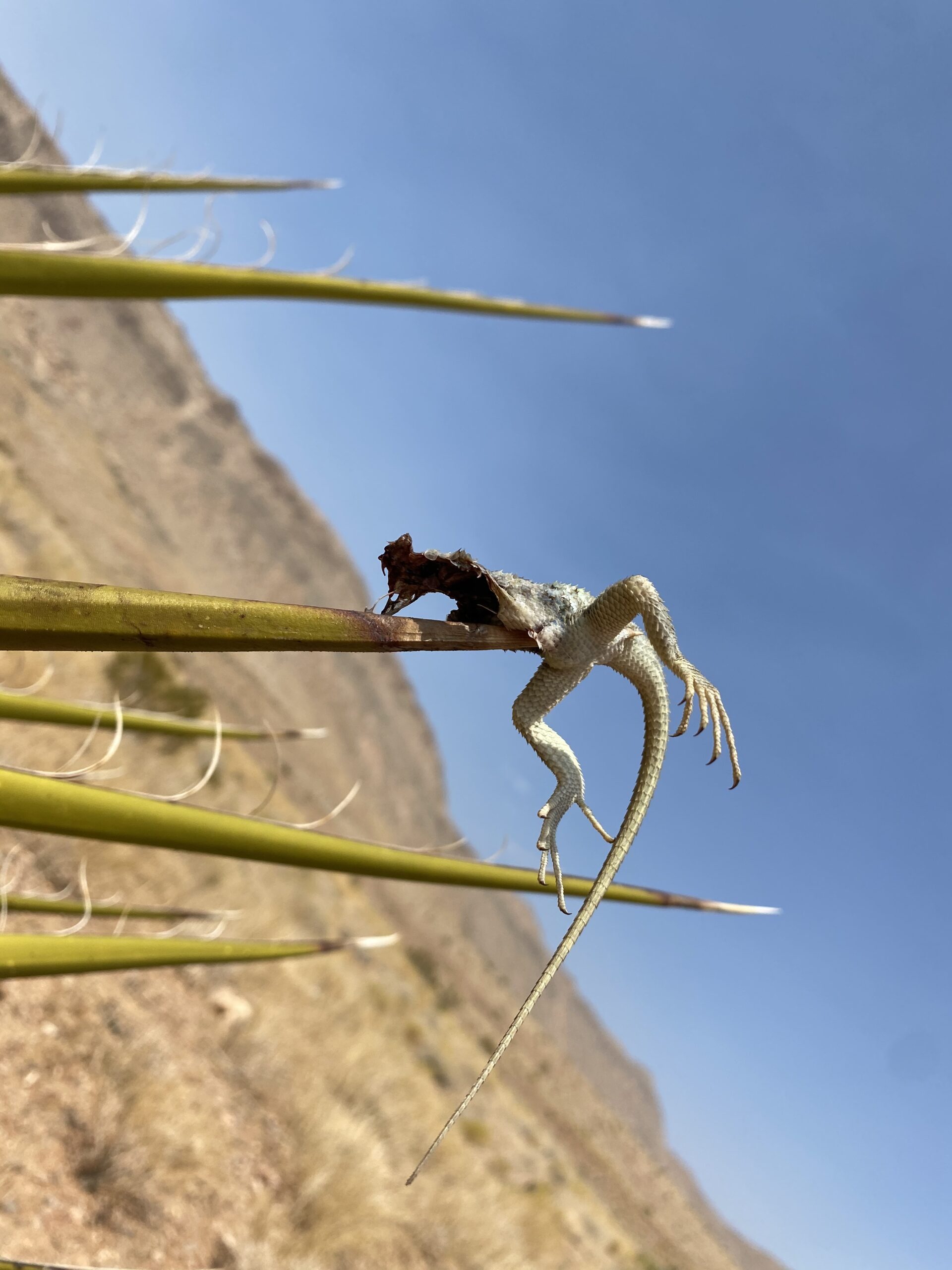
Lastly, but not least importantly, I would like to say that the desert is a fantastic place to learn how to change a tire! On the second to last day of our tenure we found ourselves on top of a hill with three inflated tires, and one tire that had been impaled by stout branch. As we all sat outside the vehicle staring at the task ahead, our supervisor posed the question “who has never changed a tire before?”. Without hesitation Michele and I raised our hands in excitement. After about and hour or so of exploring the laws of thrust and leverage we had successfully changed the tire of our truck! This might be completely subjective, but I would like to say that learning how to change a tire was the cherry on top to the entire desert experience.

All in all I would like to say that jokes aside I would implore everyone to give the desert a shot because it is more than a barren wasteland devoid of life and happiness. With the correct planning and attitude it can be one of the most interesting landscapes in the world and a place worth protecting and studying. Our time in the desert was a great change of pace from the endless world of datasheets and Joshua Tree seeds we’ve found ourselves in at the City that built the Hoover Dam. Currently we are all back home continuing our work growing plants from seed for our common garden experiment, but each of us will remember and cherish our stints working as desert ecologists last month. And I, for one, will be looking forward to my second des(s)ert experience!
